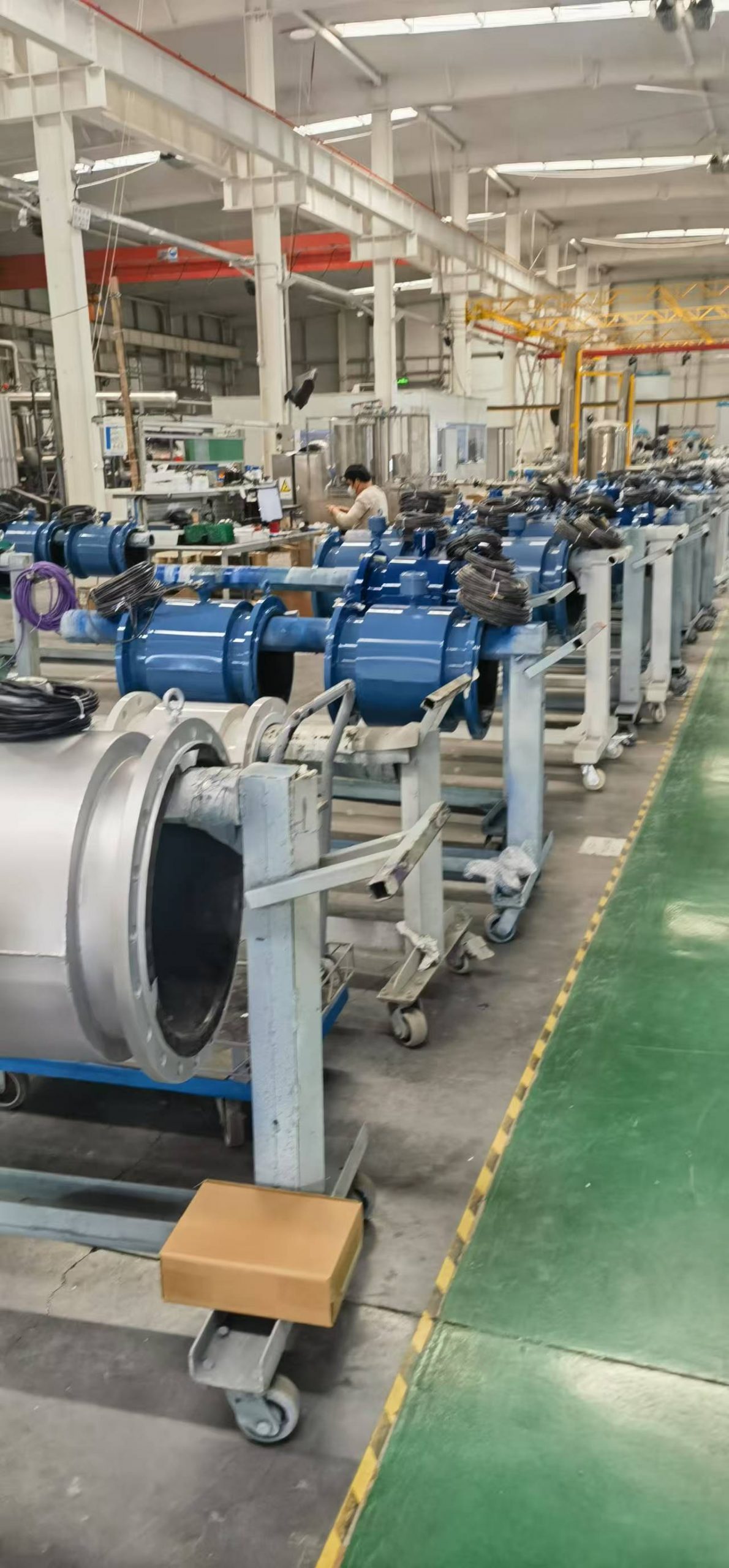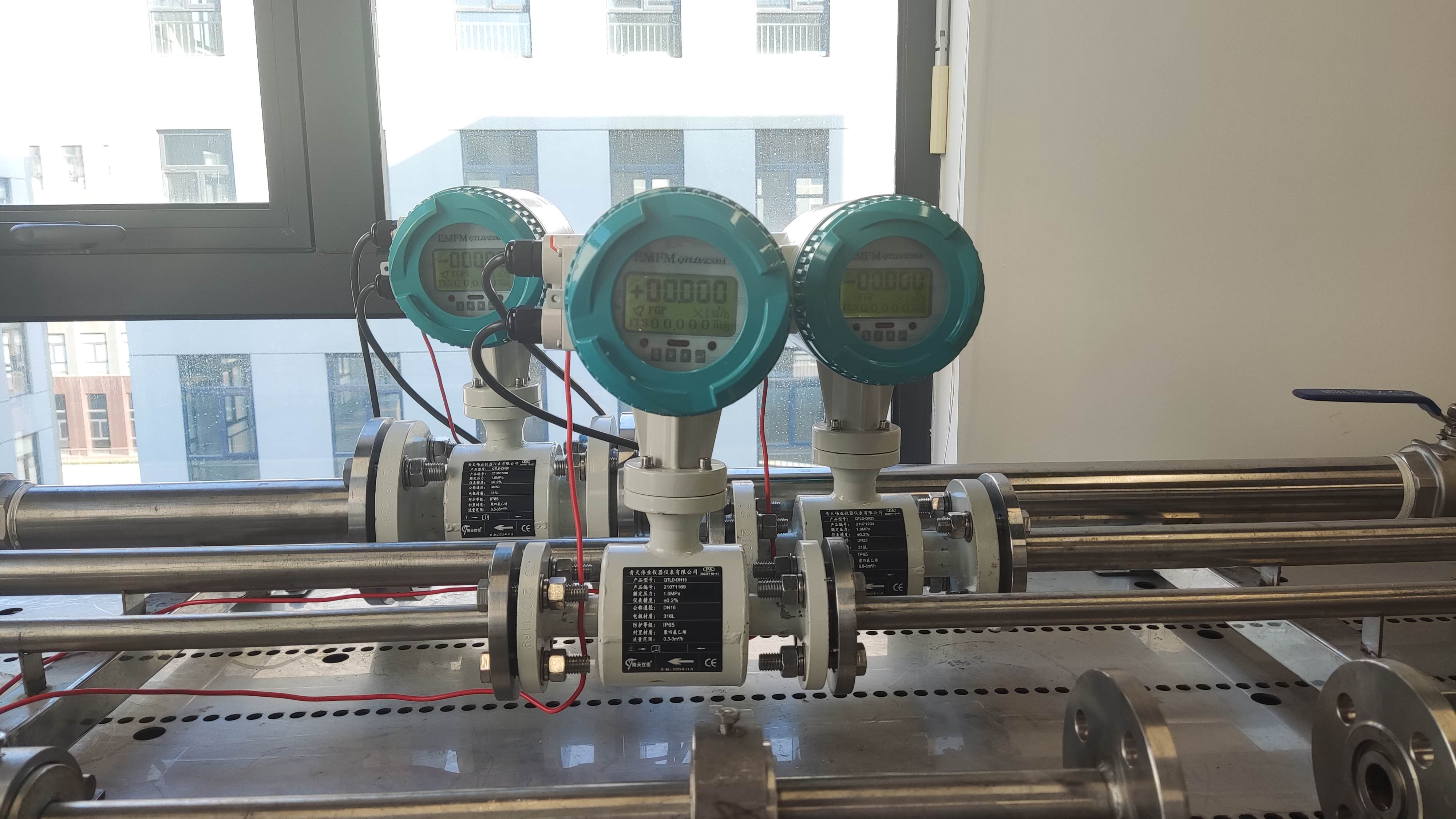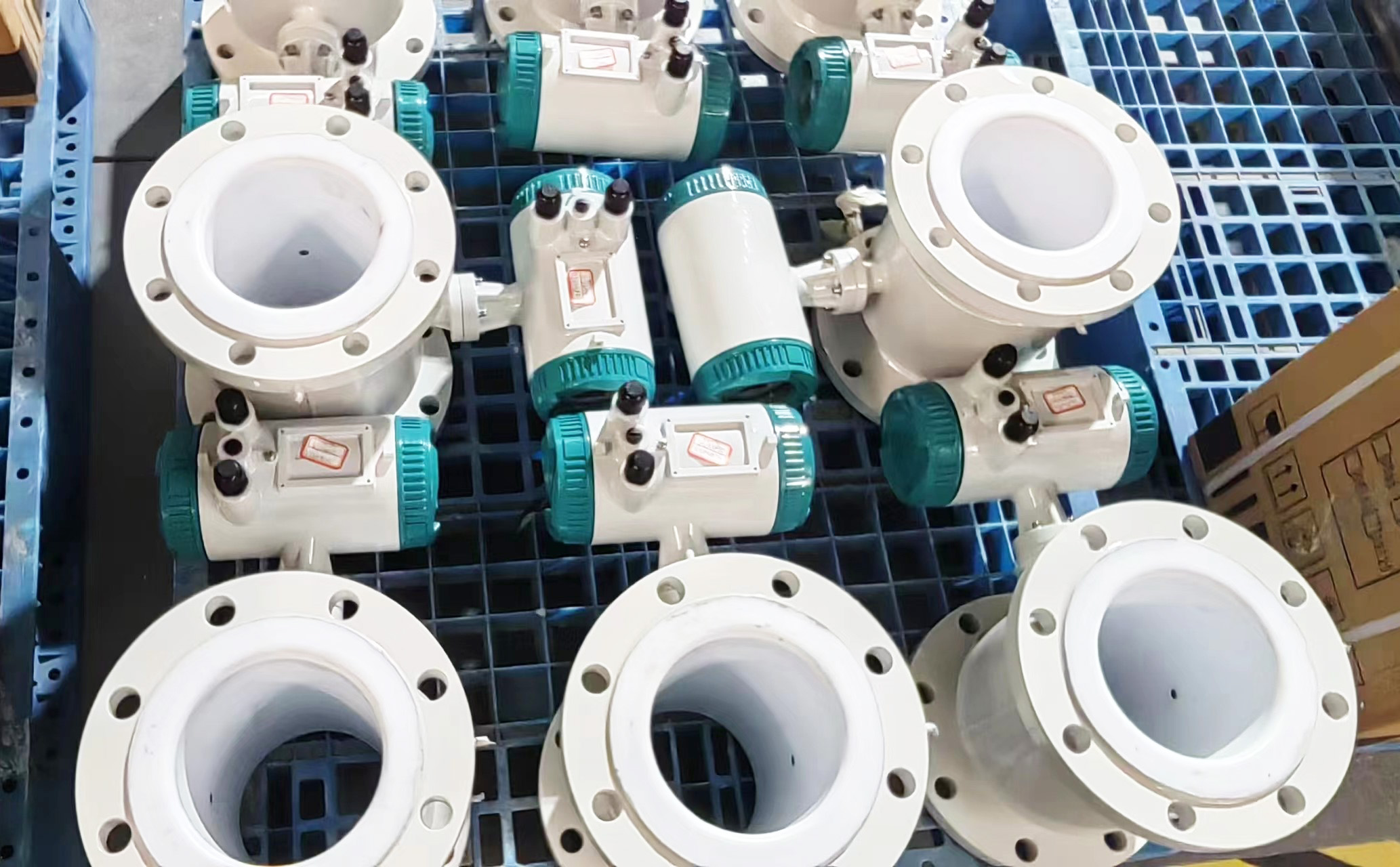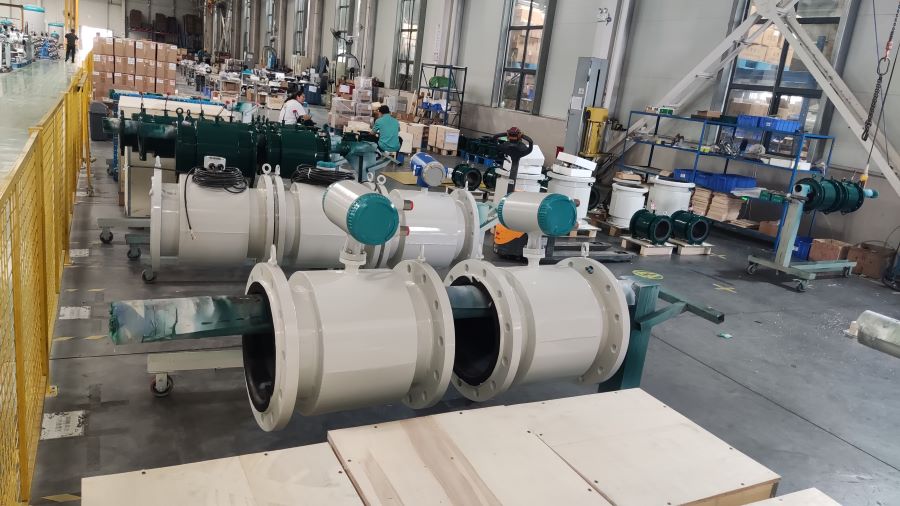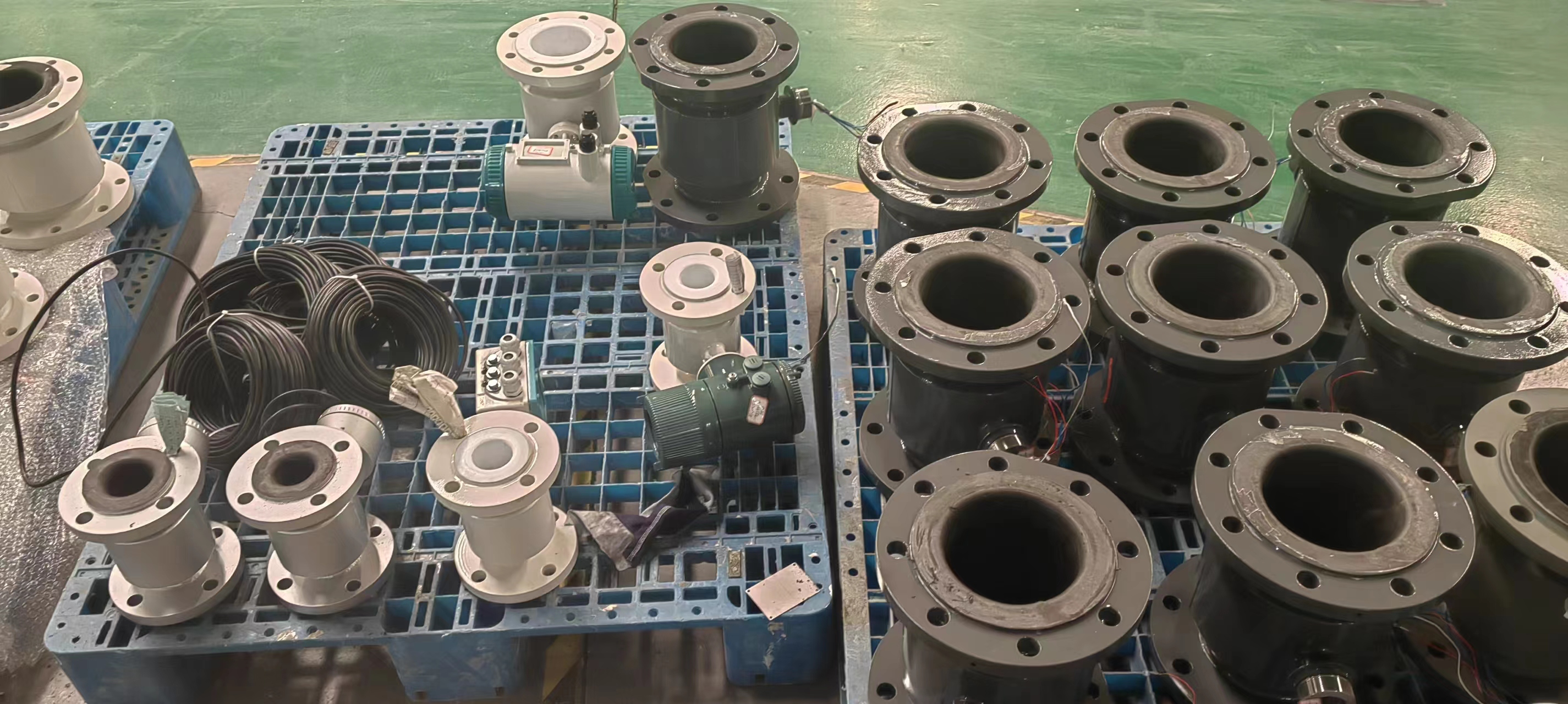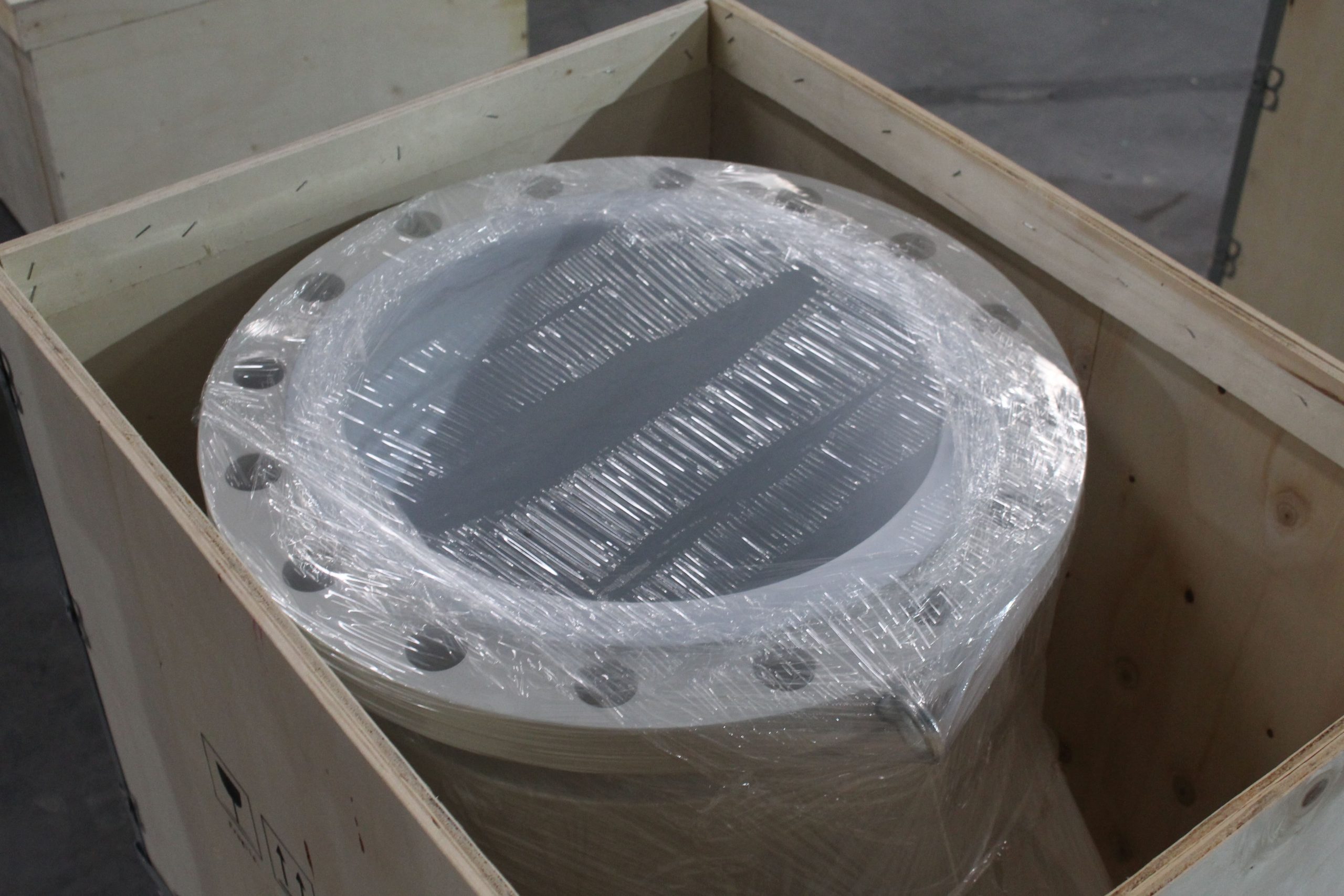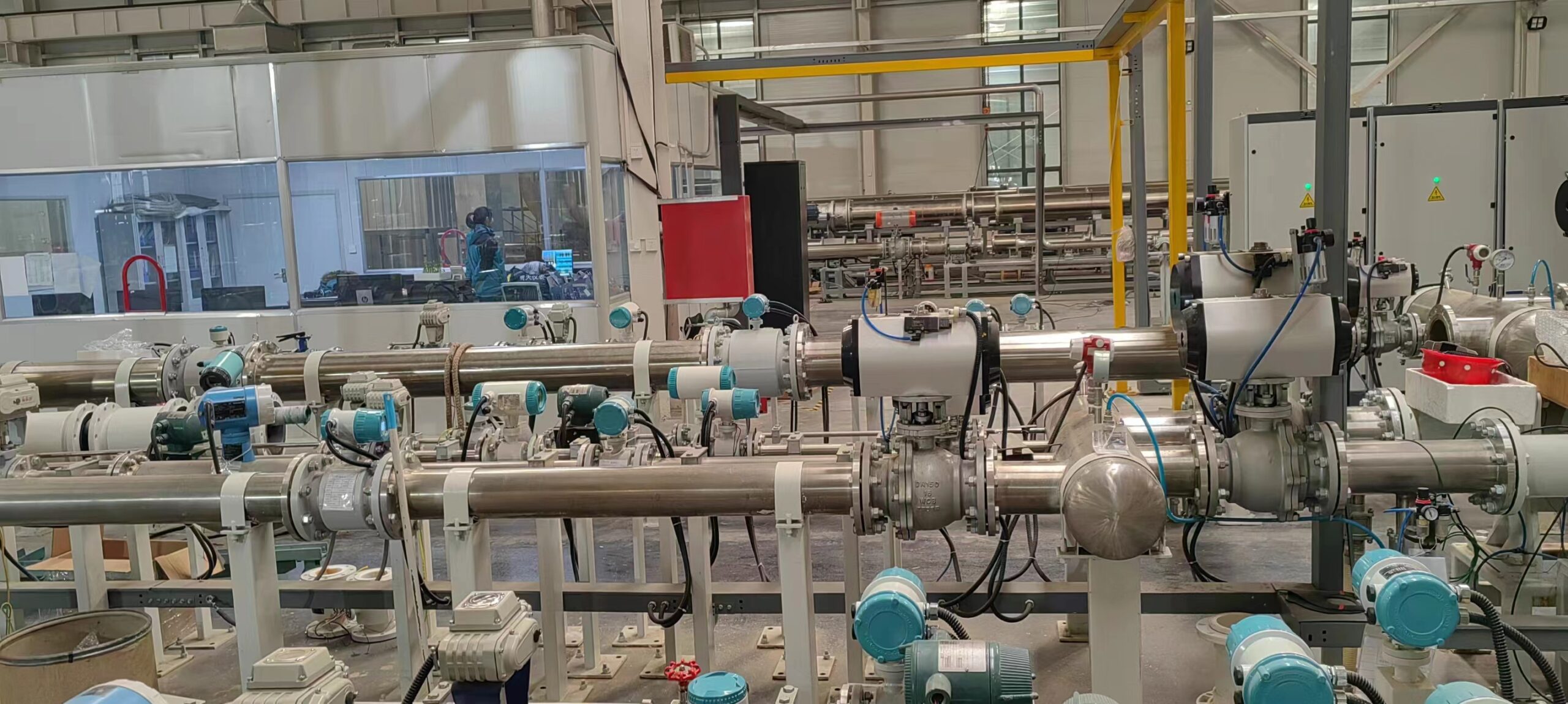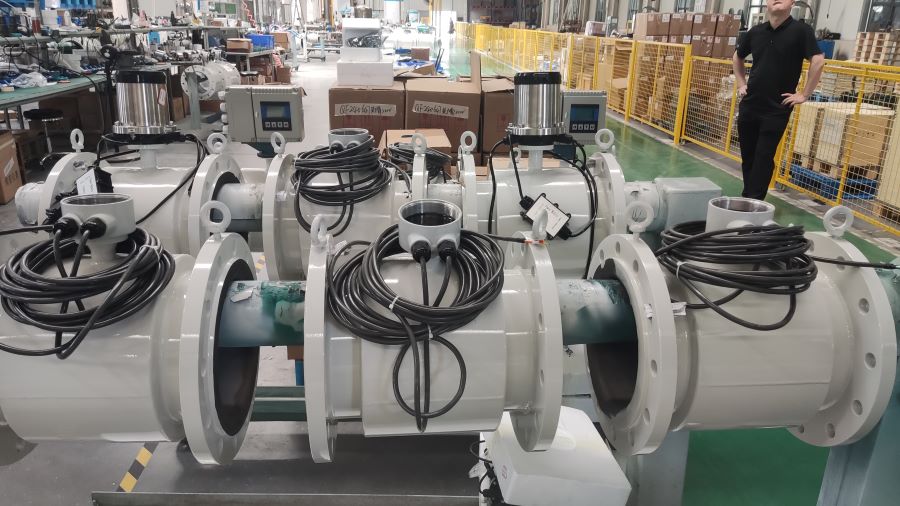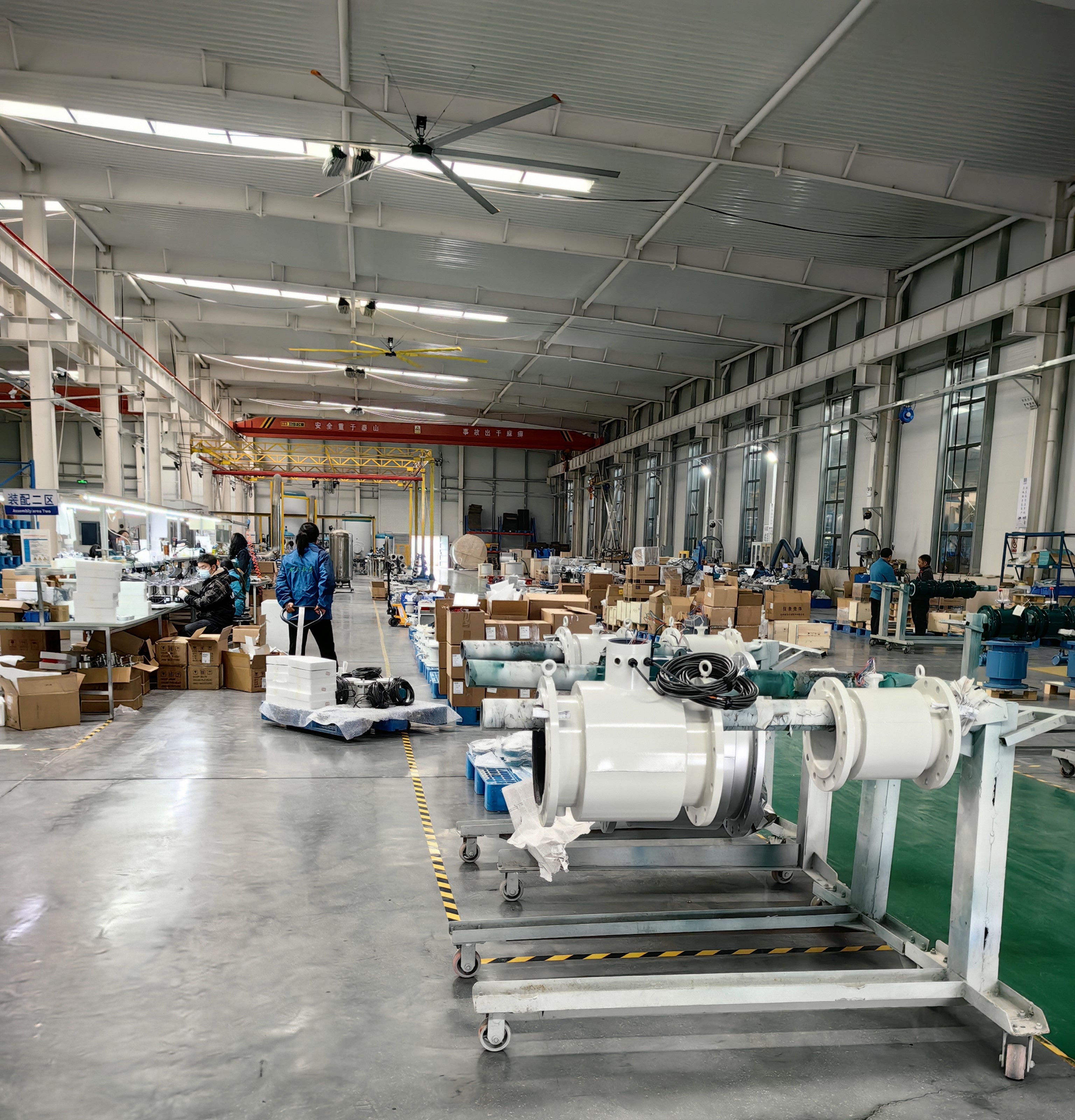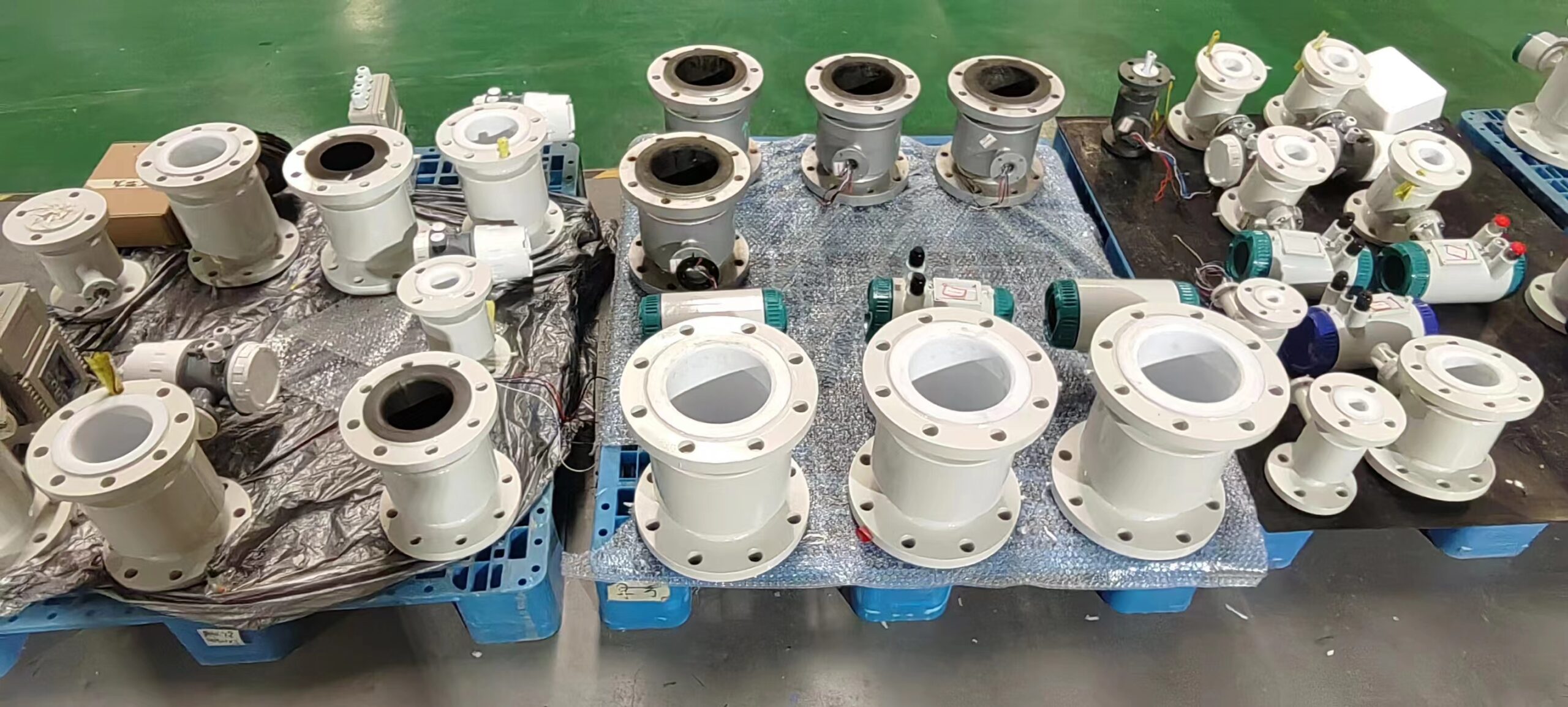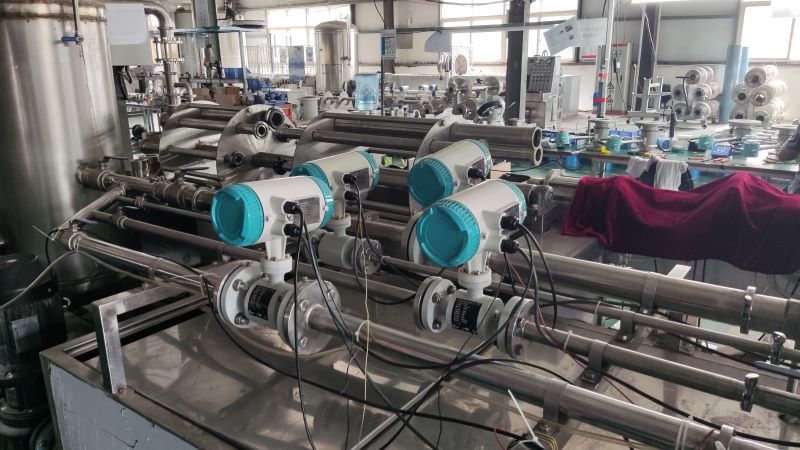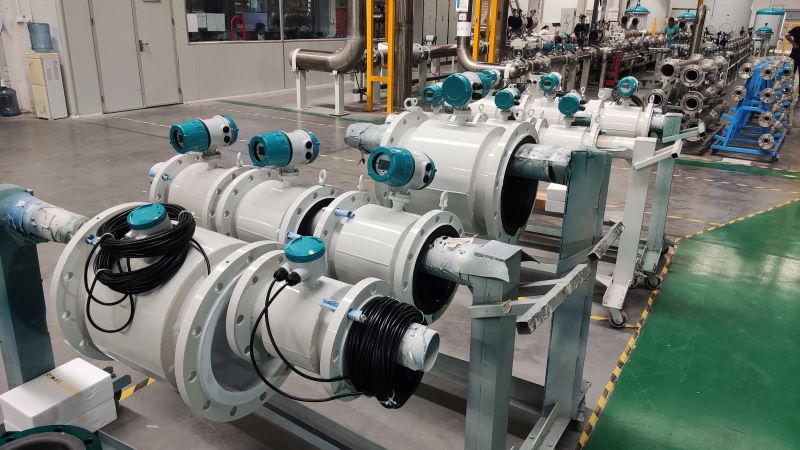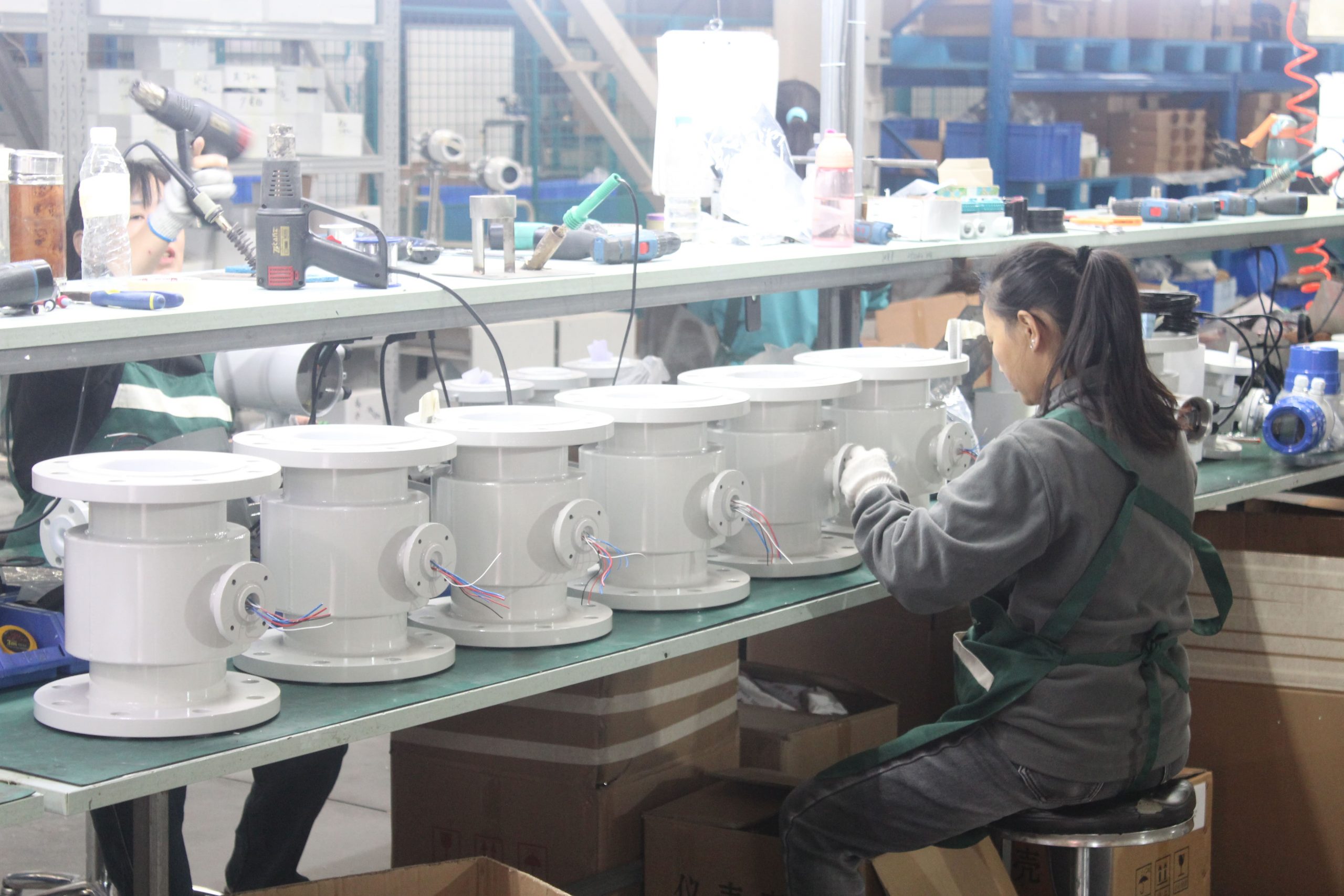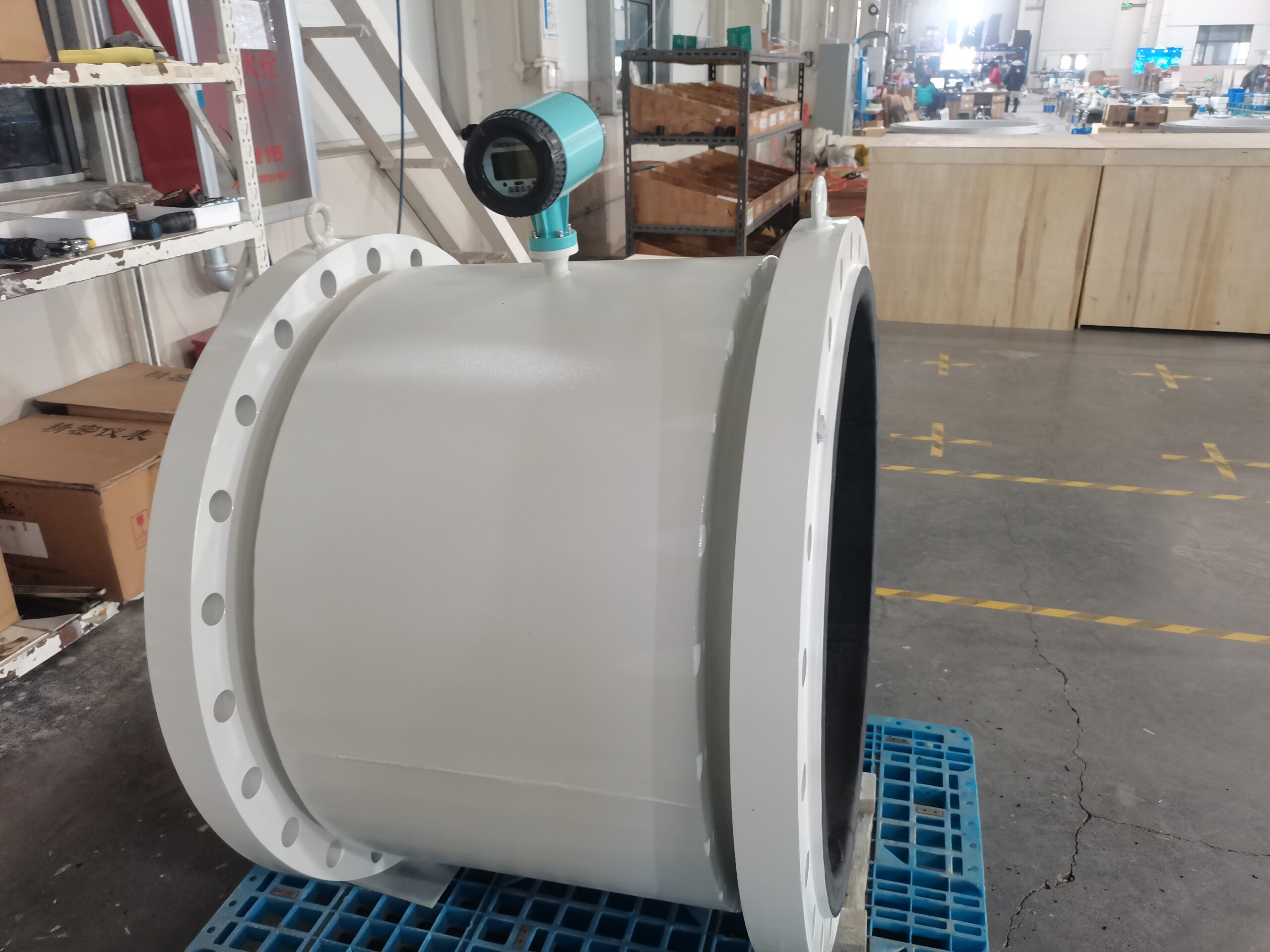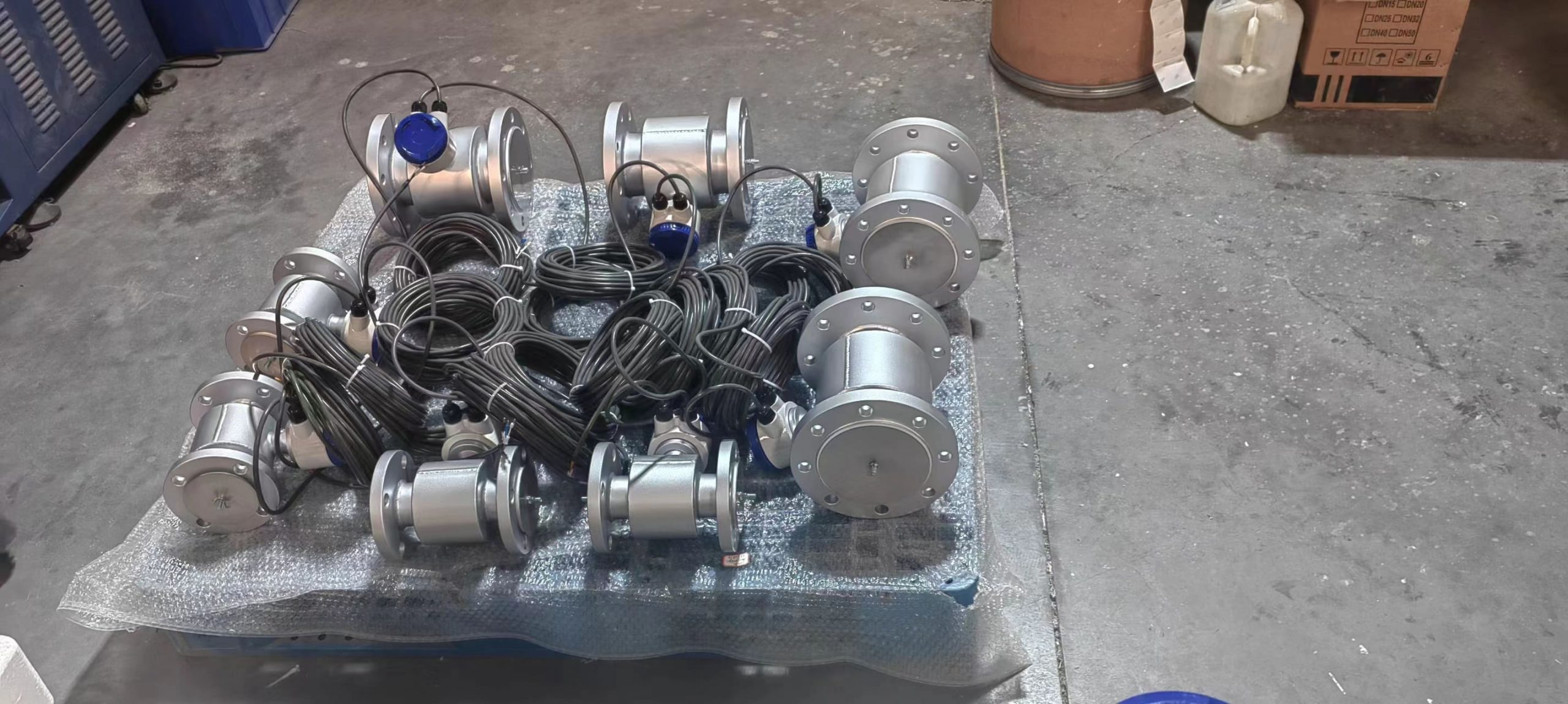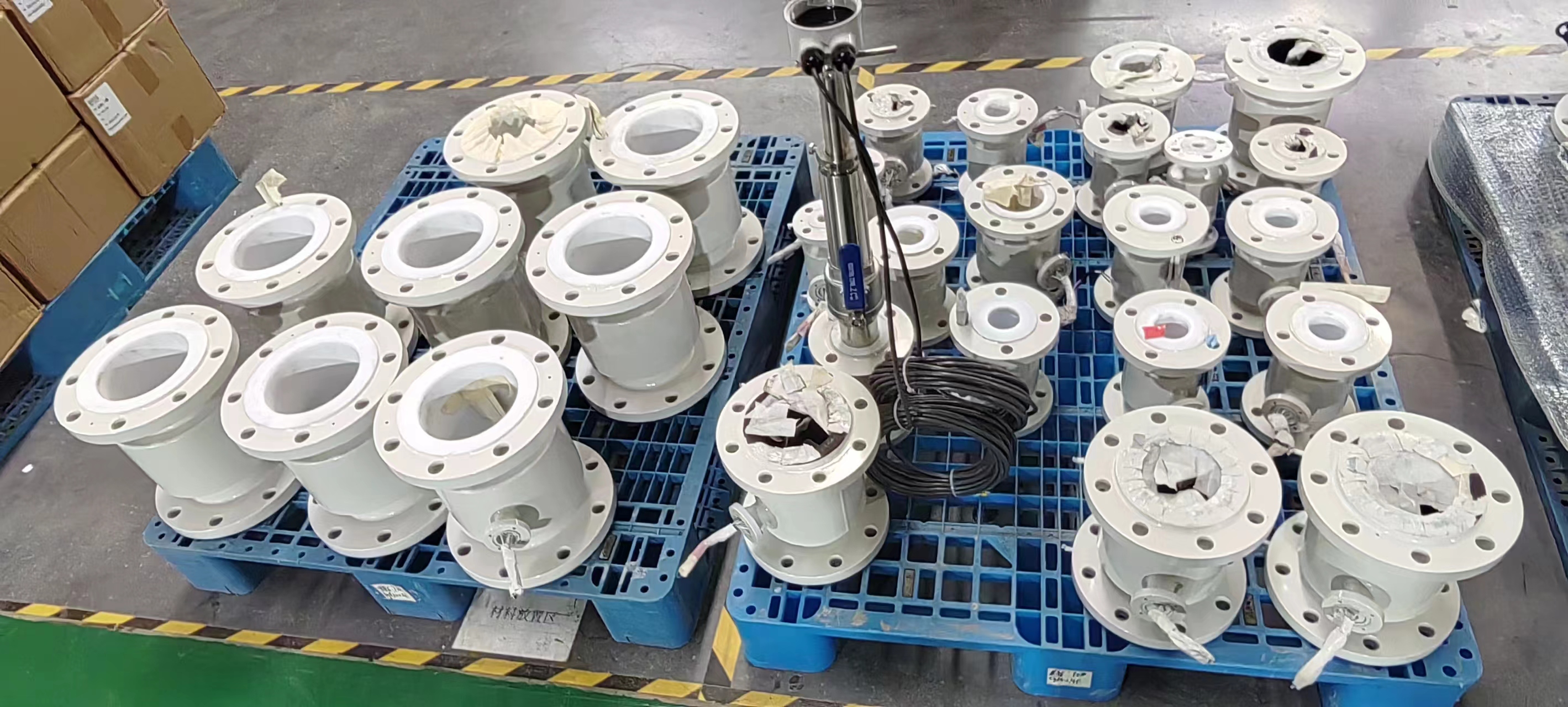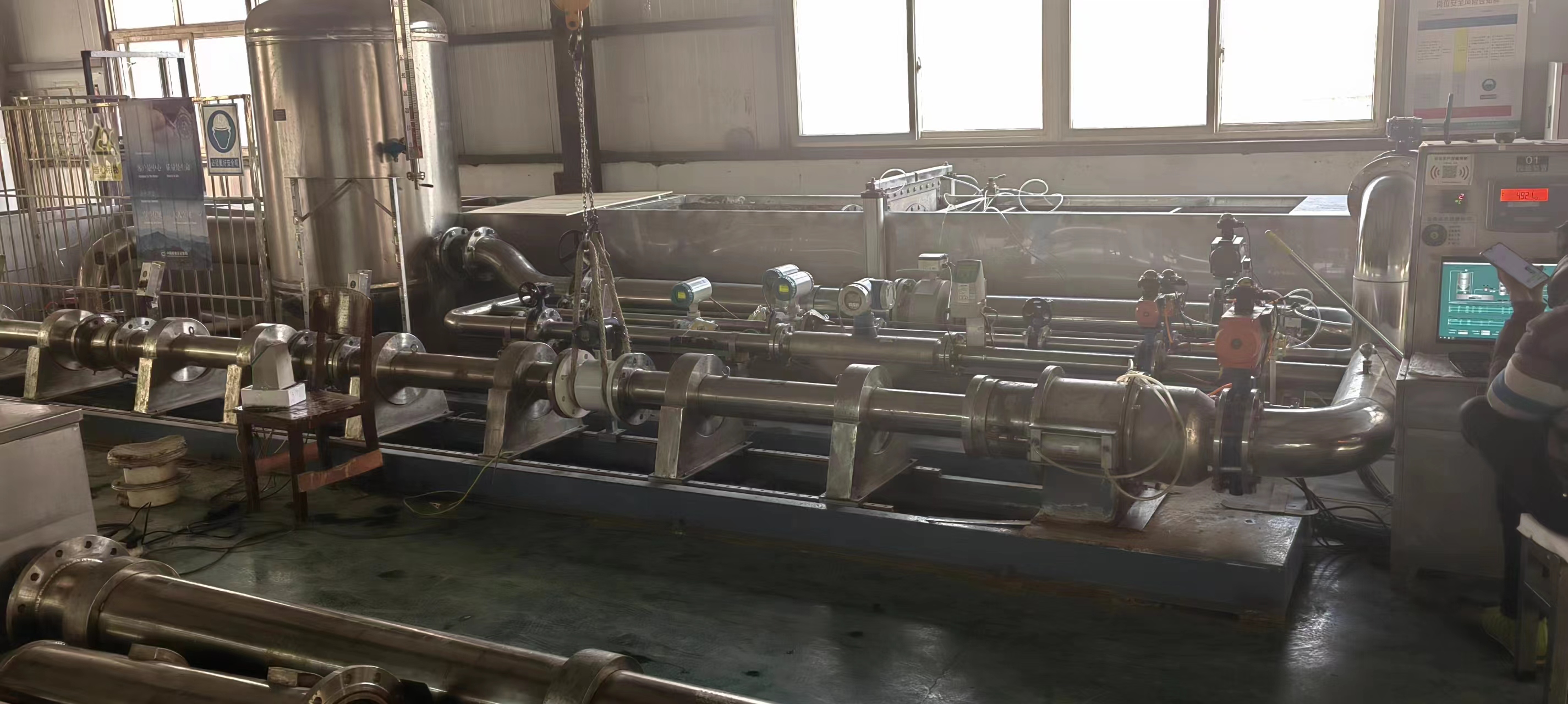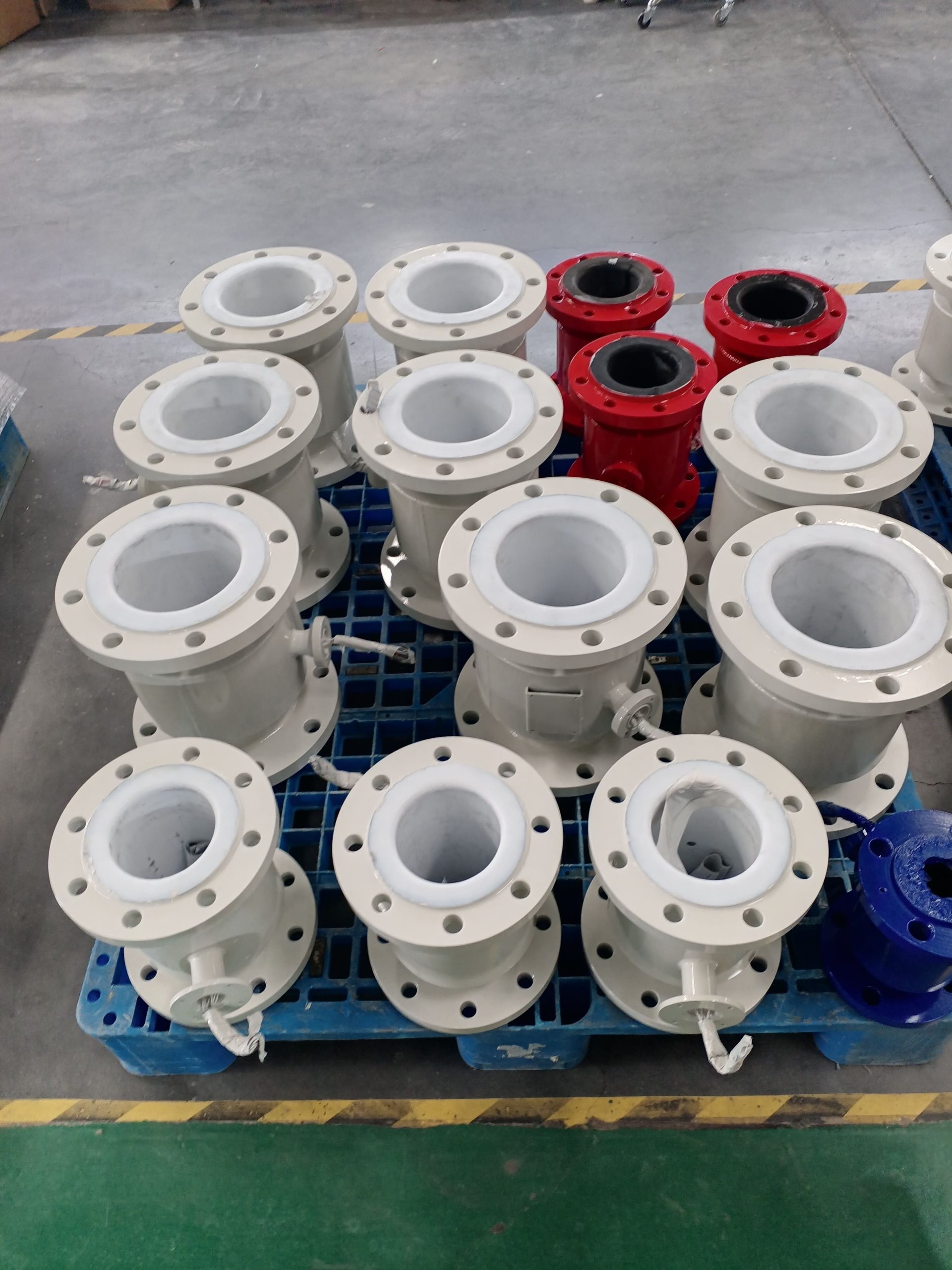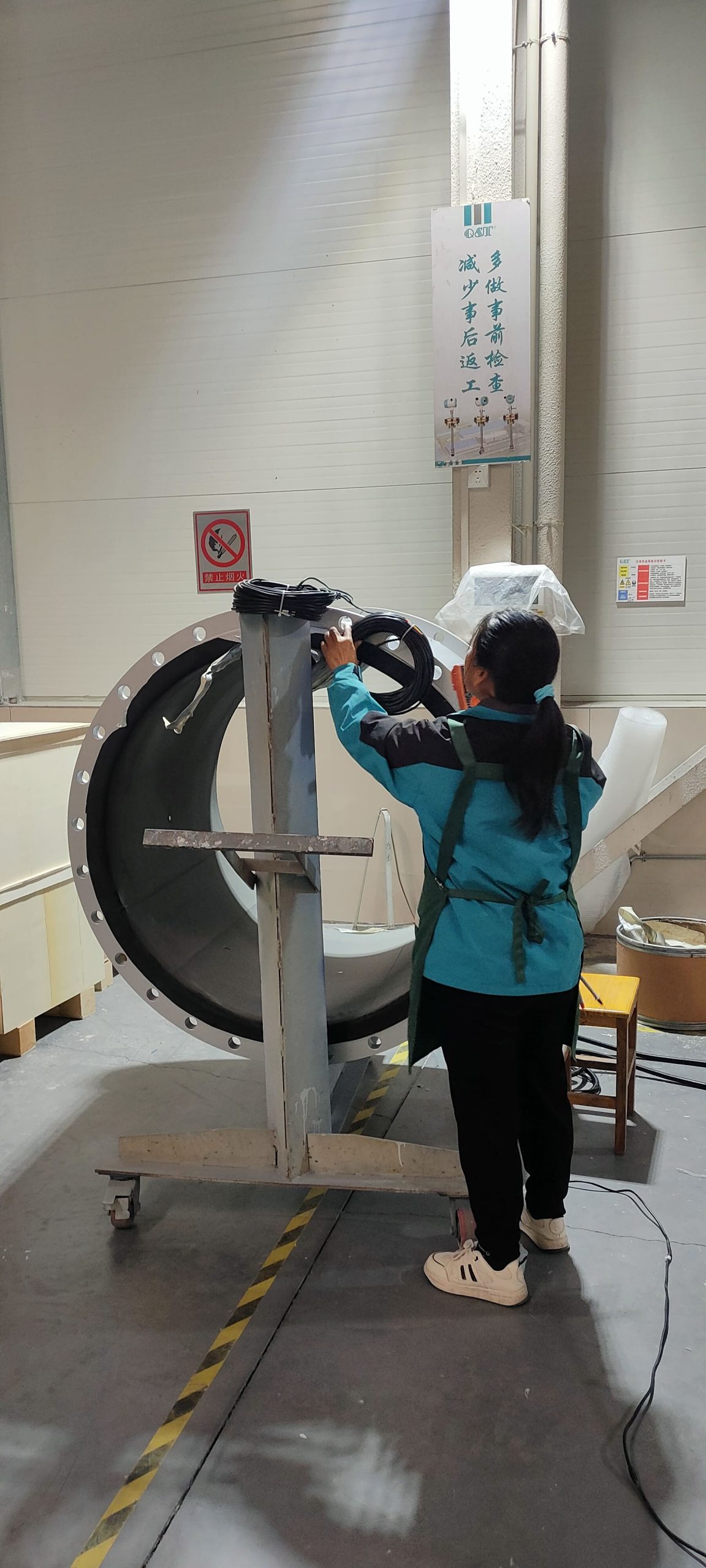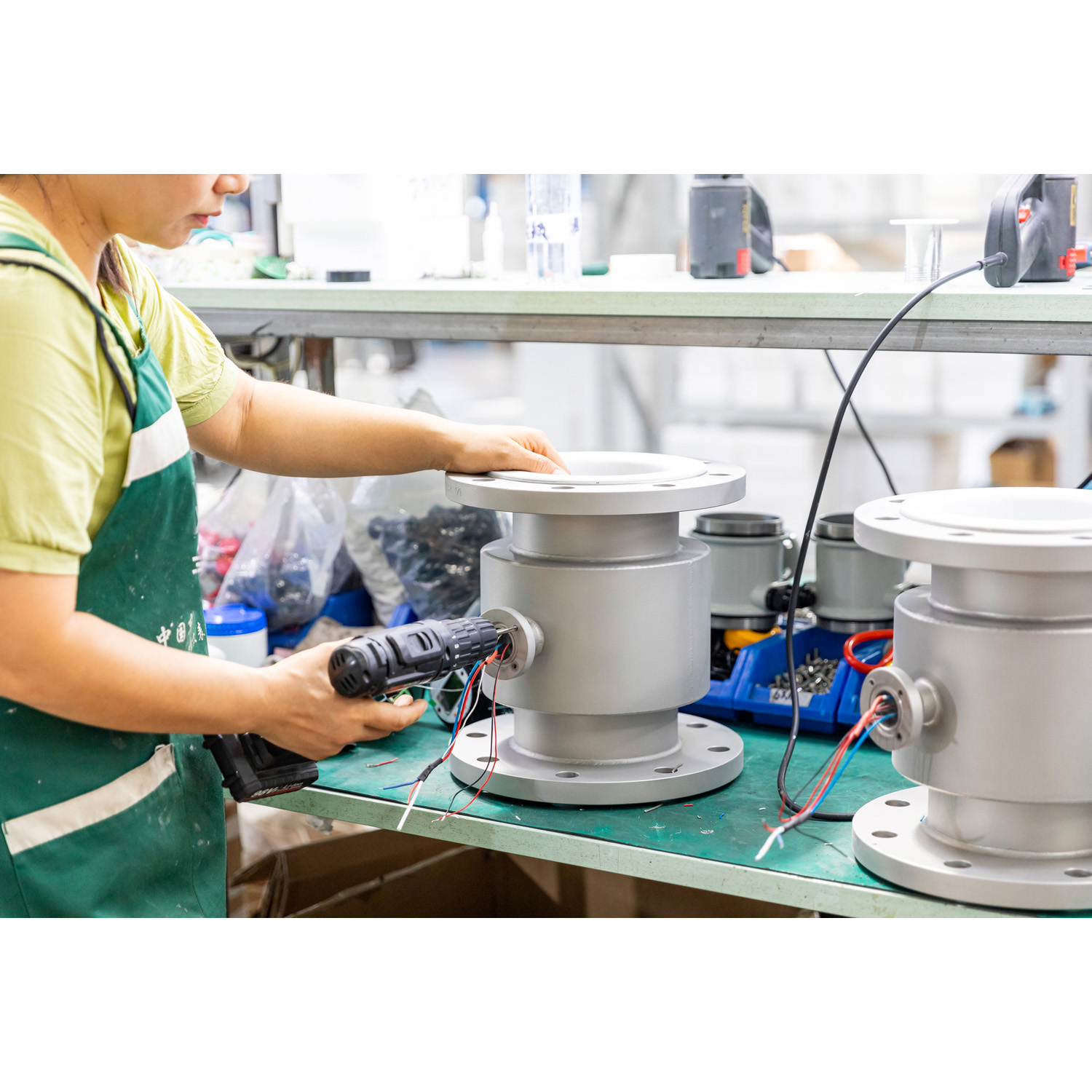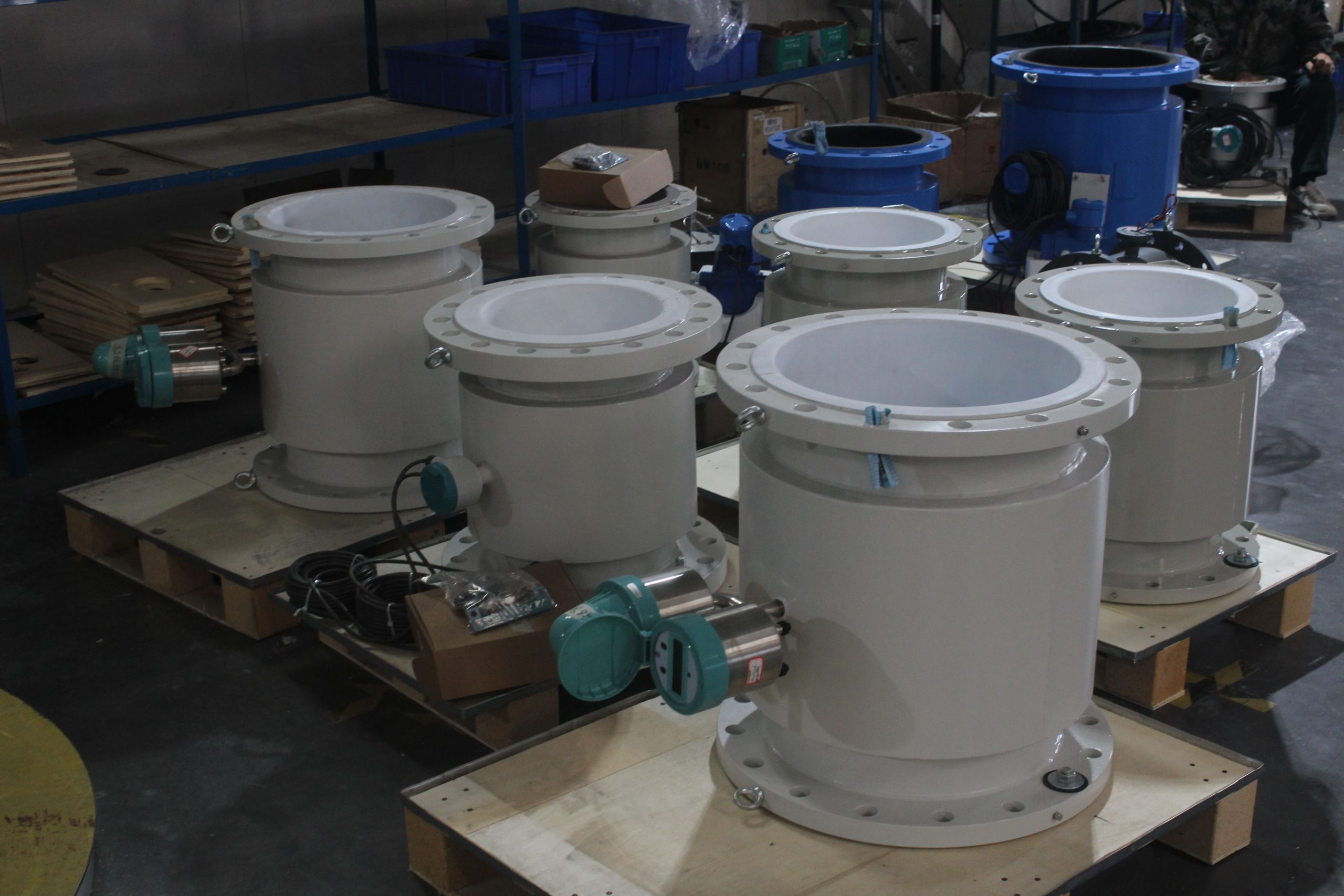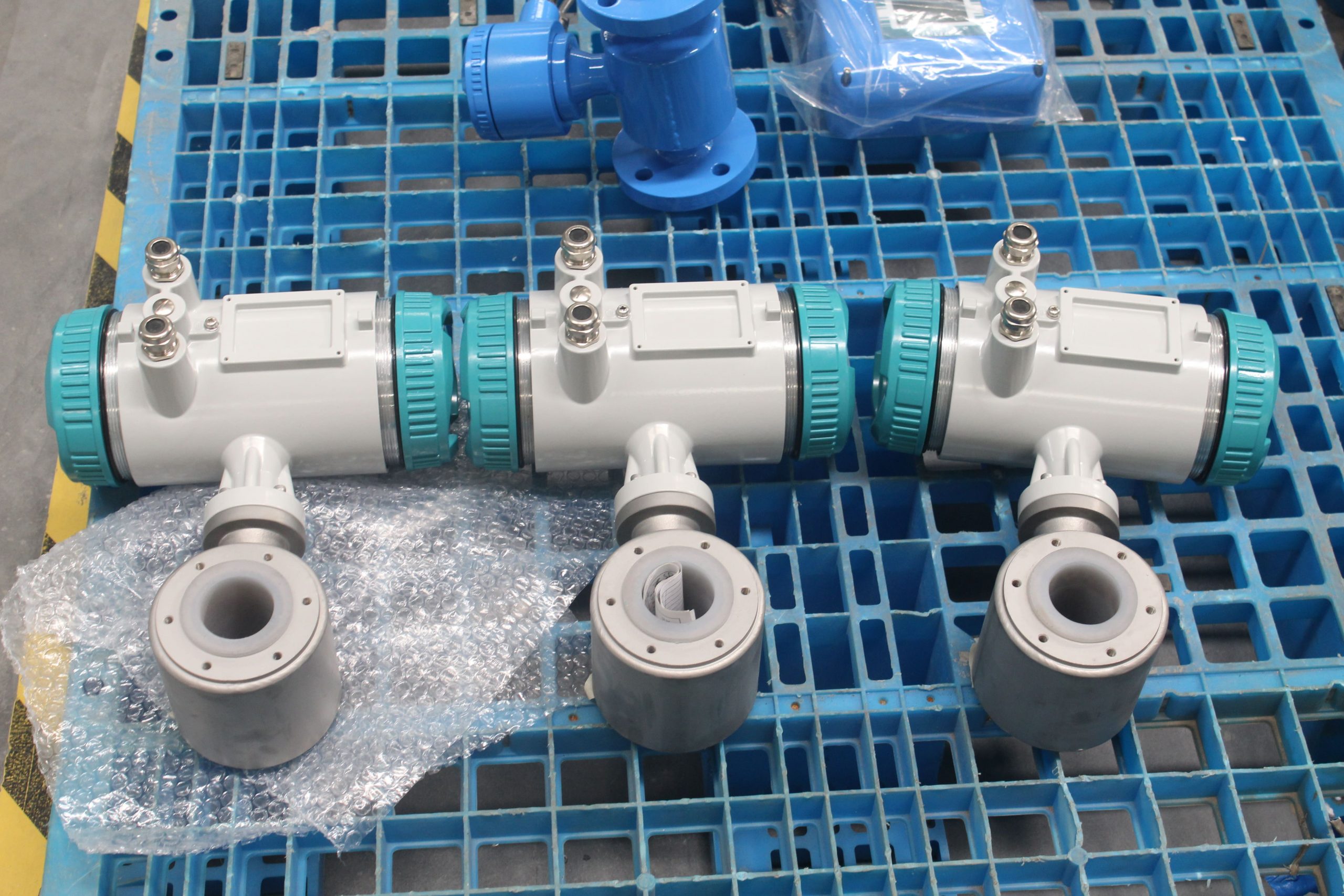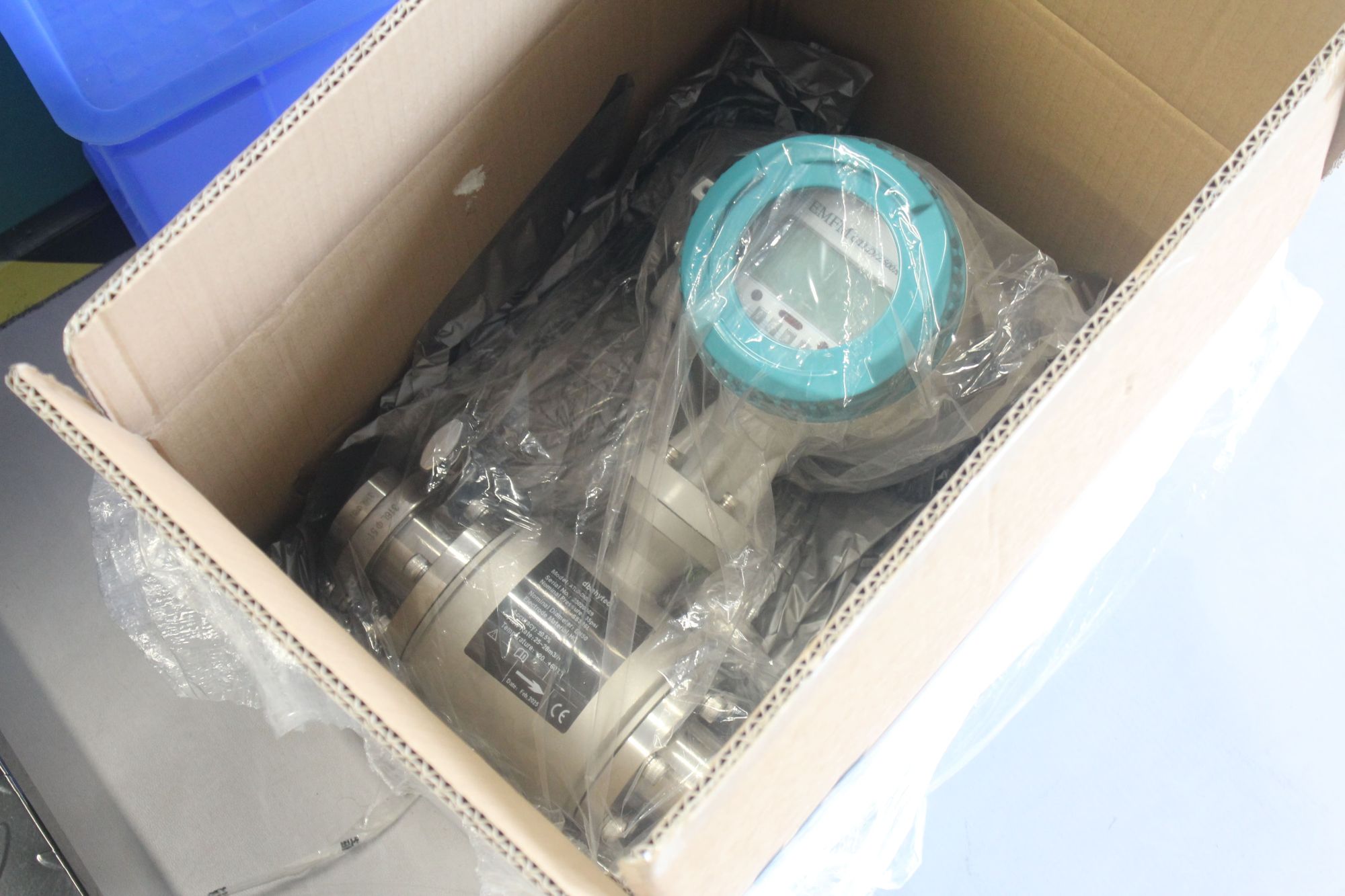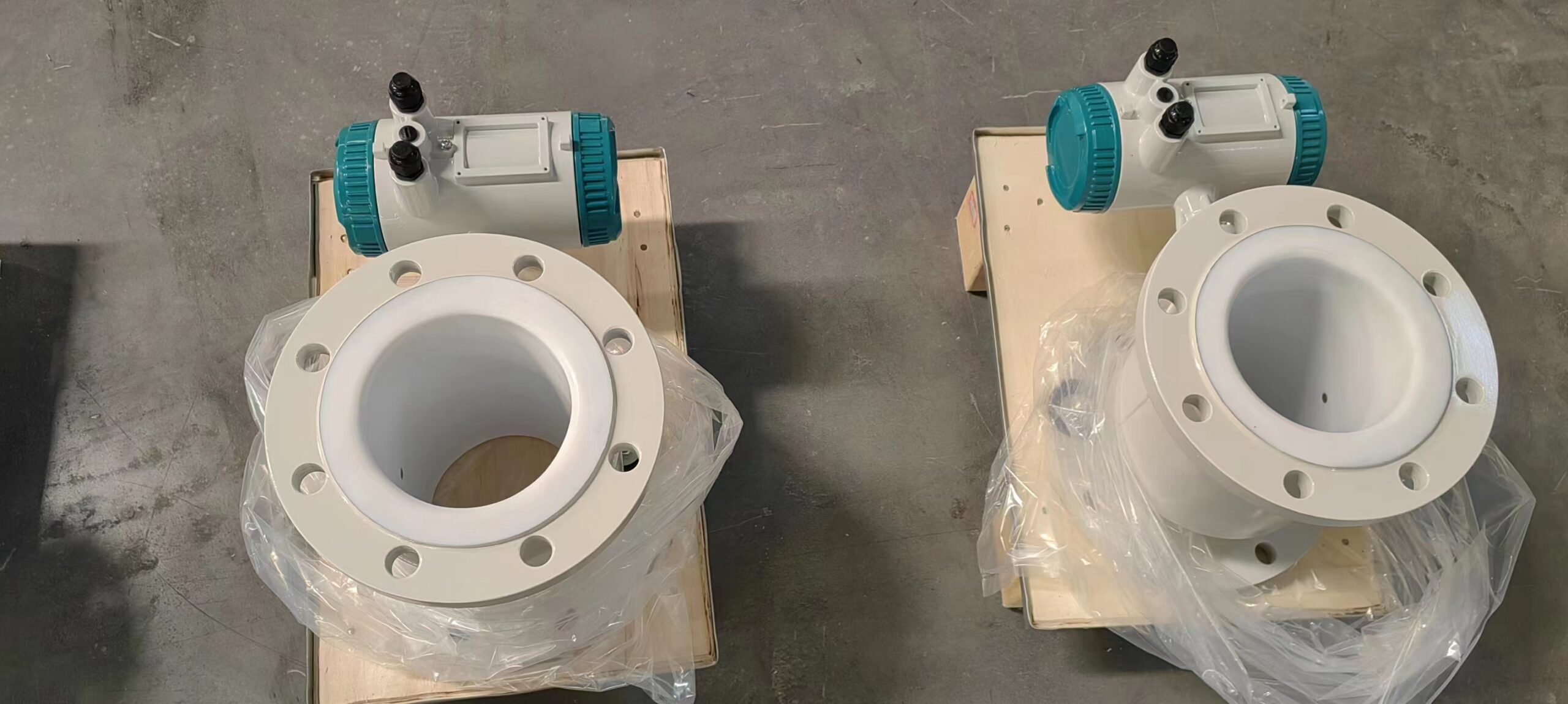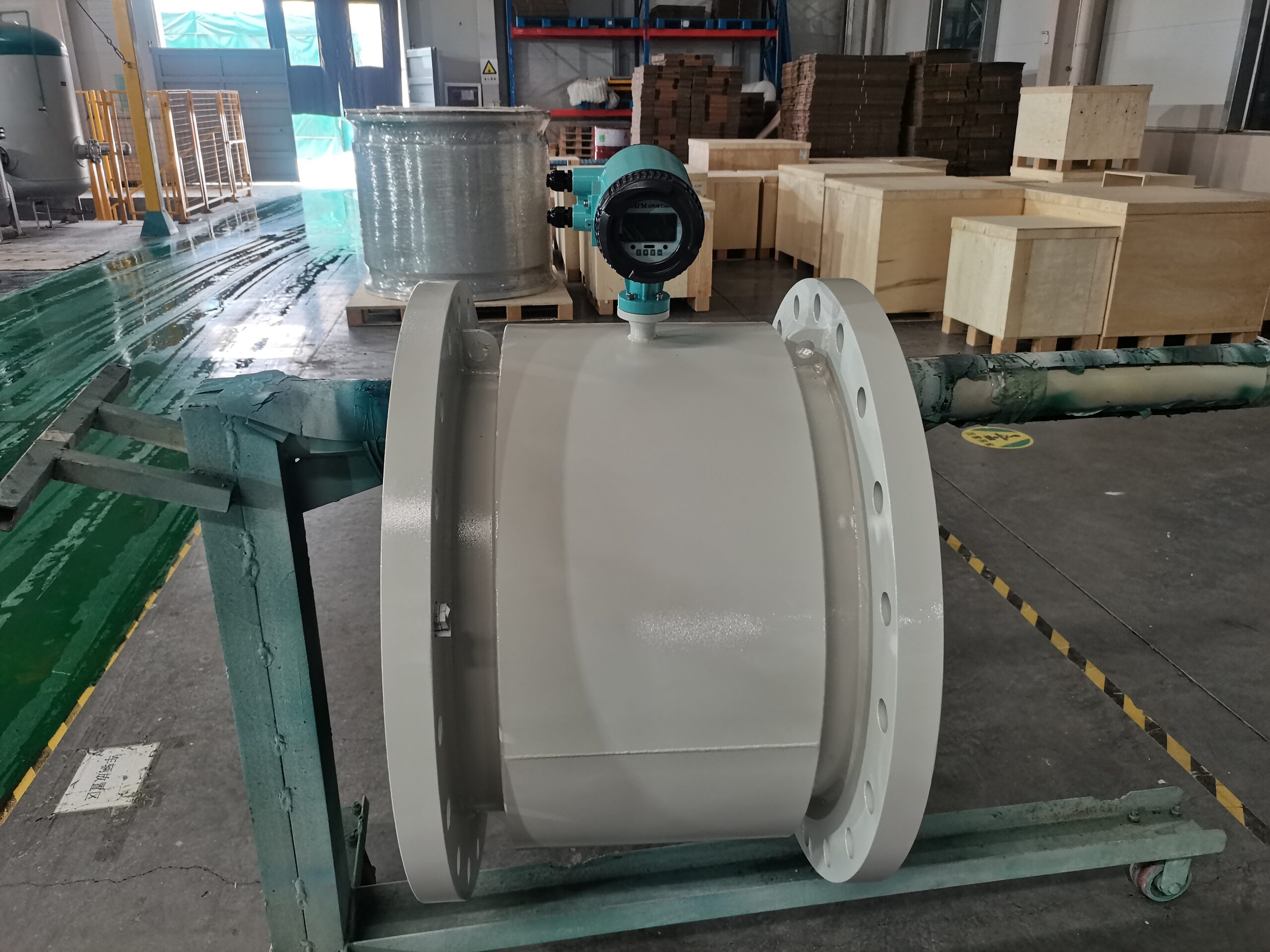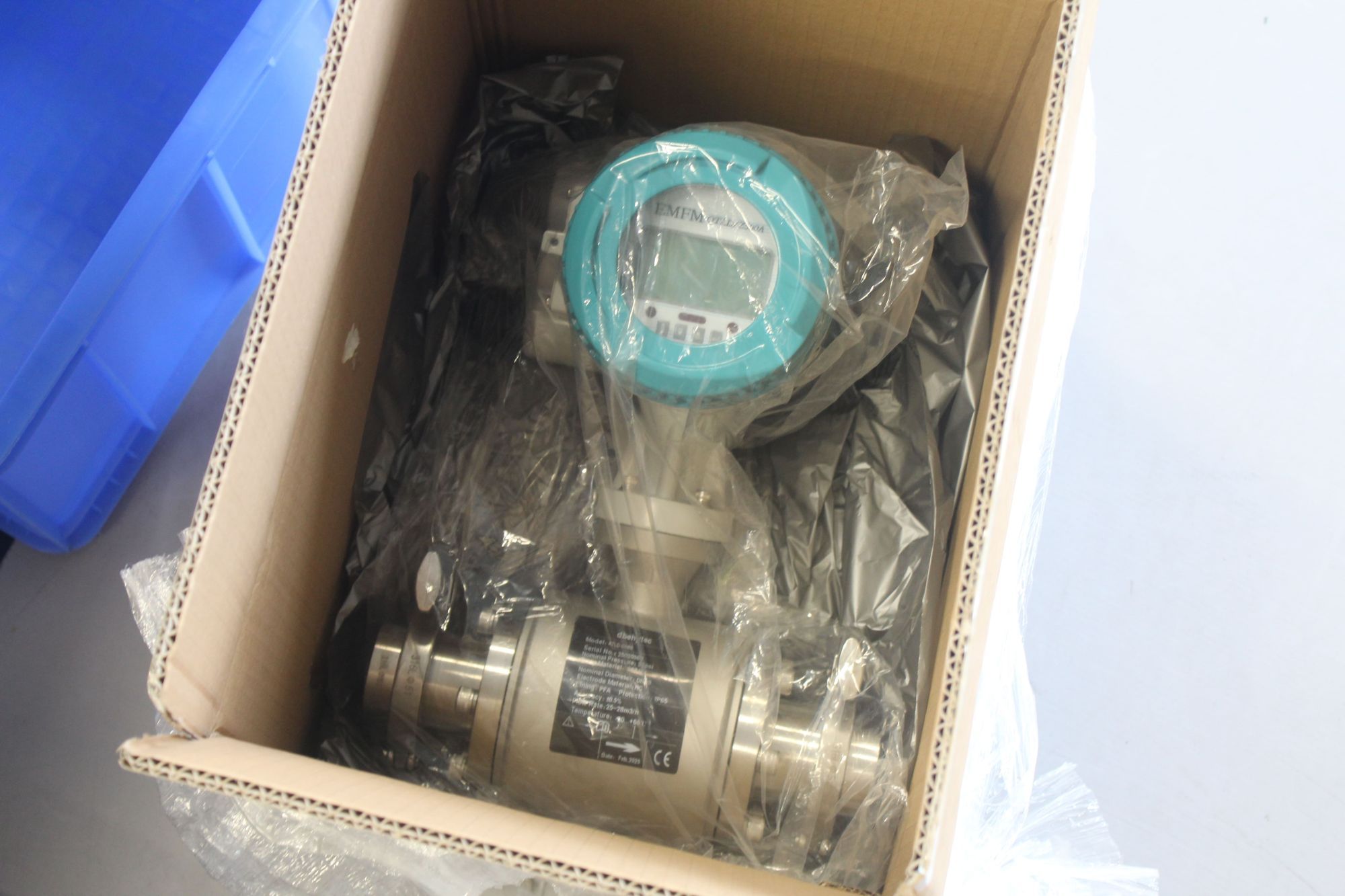Basic fault handling methods for intelligent sewage electromagnetic flowmeters
The intelligent electromagnetic flowmeter is mainly used to measure the volume flow of conductive liquids and slurries in closed pipelines, including strongly corrosive liquids such as acids, alkalis and salts.
Basic fault handling for intelligent sewage electromagnetic flowmeters:
1. No flow output. Check whether there are any faults in the power supply section and test whether the power supply voltage is normal. Test whether the fuse is on or off; Check whether the arrow of the sensor is consistent with the flow direction of the fluid. If not, change the installation direction of the sensor. Check if the sensor is filled with fluid. If not, replace the pipe or install it vertically.
2. The signal becomes weaker and weaker or drops suddenly. Test whether the insulation between the two electrodes is damaged or short-circuited. The resistance value between the two electrodes should be normally within the range of (70 to 100)Ω. The inner wall of the measuring tube may accumulate dirt. The electrode should be cleaned and wiped, and the inner lining must not be scratched. Check whether the lining of the measuring tube is damaged. If it is damaged, it should be replaced.
3. Unstable zero point. Check whether the medium fills the measuring tube and whether there are bubbles in the medium. If there are bubbles, a degasser can be installed upstream. If it is installed horizontally, it can be changed to vertical installation. Check whether the grounding of the instrument is intact. If not, a three-level grounding (grounding resistance ≤100Ω) should be carried out.
4. The indicated flow value does not match the actual value. Check whether the fluid in the sensor fills the tube and if there are any bubbles. If there are bubbles, a degasser can be installed upstream. Check whether each grounding condition is good; Check if there is a valve upstream of the flowmeter. If so, move it downstream or make it fully open. Check whether the range setting of the converter is correct. If not, reset the correct range.

